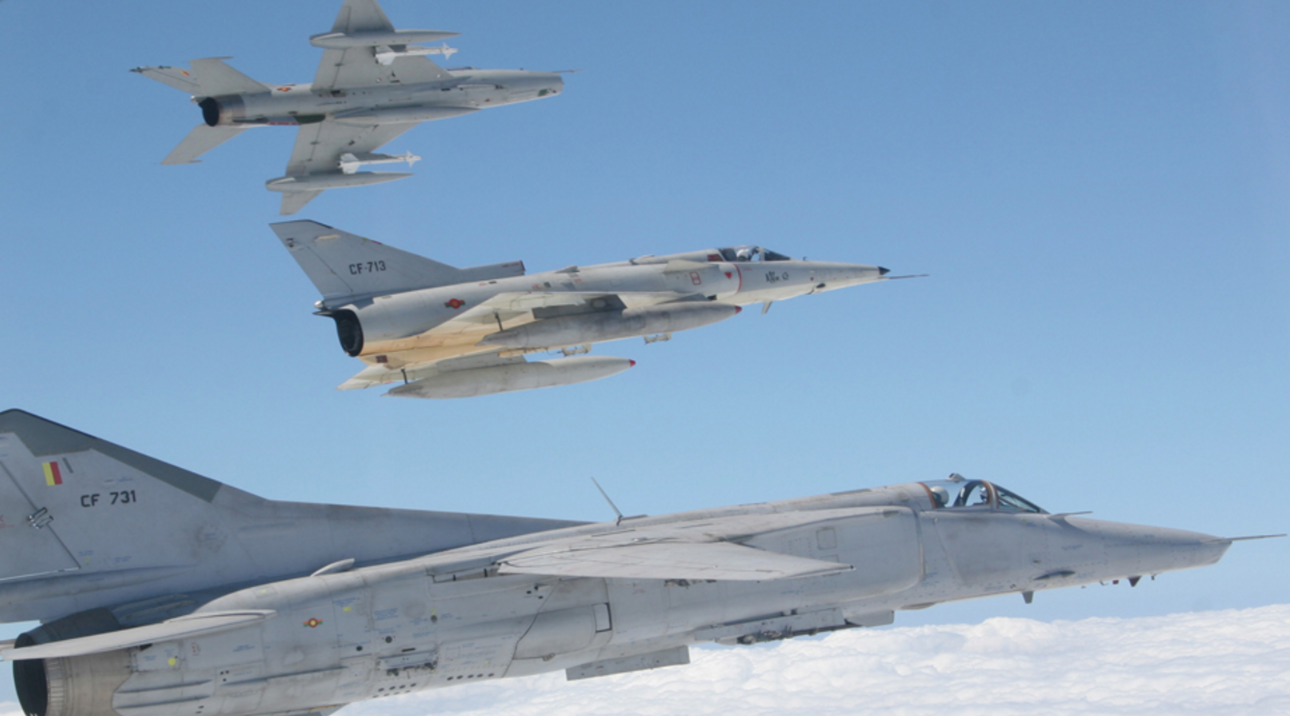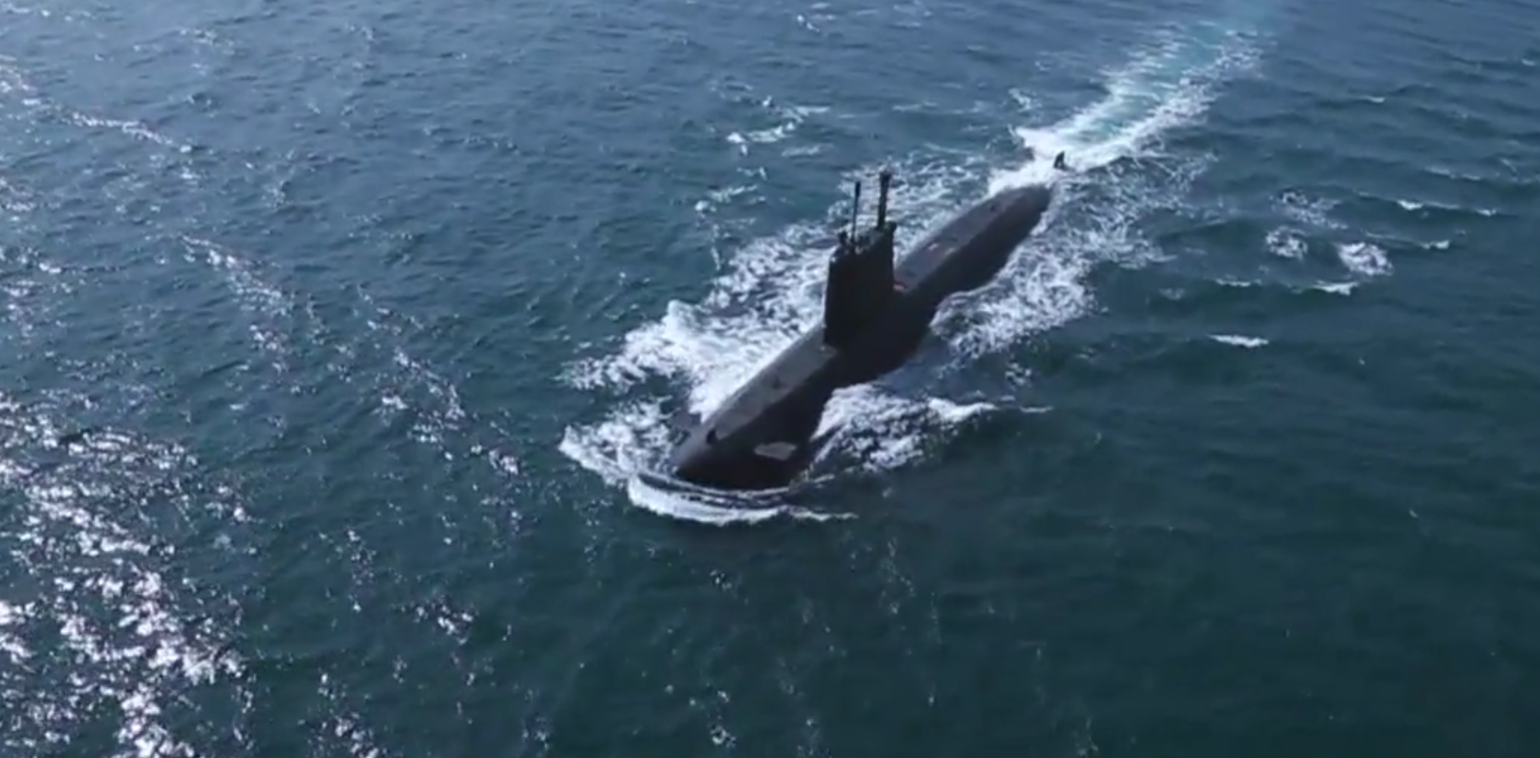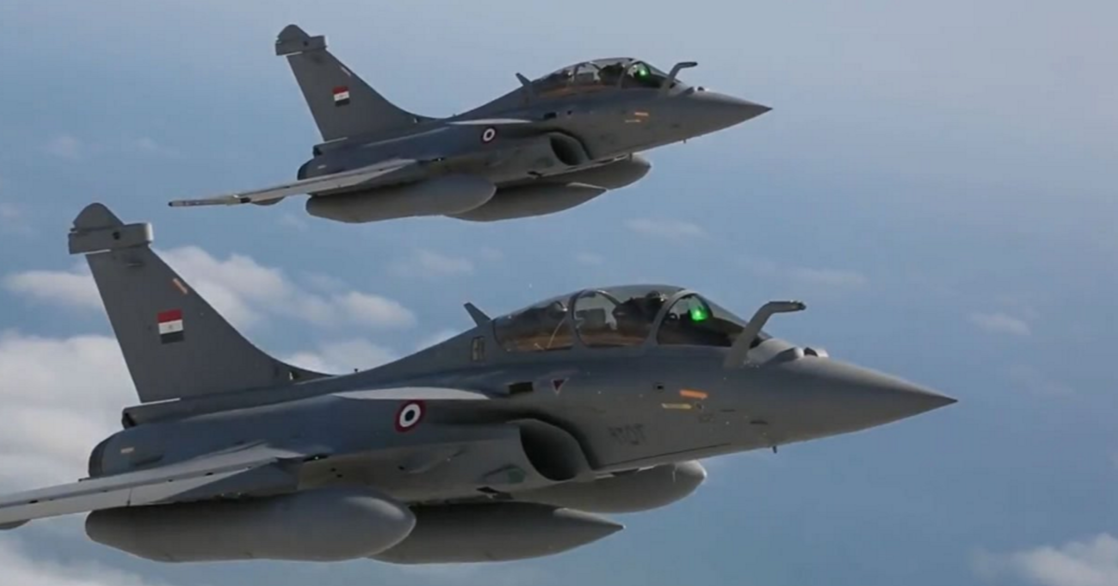2905Views 9Comments

Sri Lanka presses ahead with new fighter plans
According to a number of Sri Lankan news media outlets, the Government of Sri Lanka has greenlit the Sri Lanka Air Force (SLAF)’s request for a squadron – potentially eight to twelve – new multi-role fighter aircraft (Colombo Gazette and Daily News).
Currently, the SLAF’s operable fighter fleet is comprised of a lone Israel Aerospace Industries (IAI) Kfir, a multi-role Mirage 5 derivative powered by the General Electric J79 turbojet.
According to Sri Lanka’s Health Minister, Dr. Rajitha Senaratne, the SLAF’s remaining six IAI Kfirs, seven MiG-23/27s and eight ‘others’ (likely its Chengdu F-7s) are all inoperable.
Comment and Analysis
In effect, the Sri Lankan Air Force is not only looking to modernize its fleet, but it is essentially in the process of re-building its fighter force, which is now held by a lone IAI Kfir.
In January 2016, it was reported on a number of media outulets that Pakistan made a strong push to sell eight JF-17 Thunder lightweight multi-role fighters to Sri Lanka, which are jointly produced by Pakistan Aeronautical Complex (PAC) and China National Aero-Technology Import and Export Corporation (CATIC).
However, no such deal was made. The purported reasons for the sale’s collapse range from New Delhi’s alleged pressure on Sri Jayawardenepura Kotte, to Pakistan’s inability offer a credit or financing program to back the deal. In any case, Pakistan did not secure a JF-17 sale at that time.
In May 2016, a Sri Lankan media outlet had reported that the SLAF was in touch with Russia over the possible purchase of Russian fighter aircraft. While no details were offered into the make or type, an article on Quwa speculated that the Yakovlev Yak-130, a lead-in fighter trainer (LIFT) capable of taking on air combat roles (albeit with a reconfiguration) could be the forerunner.
Pakistan may renew (or continue) its push to sell the JF-17 to Sri Lanka. It is no secret that Pakistan – and especially the Pakistan Air Force (PAF) – has been making efforts to commercially market the Thunder, with an offer recently made to Kuwait. Some even viewed the PAF air chief’s recent visit to Sri Lanka – on invitation of the SLAF – in that light as well.
Pakistan’s challenges in selling the JF-17 – in general and specifically to Sri Lanka – have been discussed on numerous occasions on Quwa (see articles here). From Sri Lanka’s perspective, it would likely be best to secure a single supplier responsible for the entirety of the aircraft, its long-term maintenance support, and its financing. In that light, Russia could have an advantage (assuming it is willing to release a line-of-credit or loan to back a SLAF deal). Alternatively, China could also make an offer, which may widen the door for the JF-17 (though the Thunder would likely need to compete with the Hongdu L-15).
On the other hand, PAC (and by extension the PAF) may attempt to broaden the JF-17’s appeal by linking the fighter to ancillary benefits, such as access to PAF training facilities. For example, the SLAF could pair its conversion to the JF-17 with the PAF’s relatively up-to-date (via exposure from air exercises such as Red Flag and Anatolian Eagle) instructors and programs.
In addition, the counterinsurgency-focused Airpower Centre of Excellence (ACE) could be a relevant factor as well, enabling the SLAF to not only gain from ACE’s programs (borne from real-world combat experience in the Federally Administered Tribal Areas), but be also be a recognized contributor (via its efforts against the Liberation Tigers of Tamil Eelam).
Granted, this would be a very unconventional approach, but an appeal to a relevant and comprehensive training program to go along with a combat solution could raise the JF-17’s value. One can only expect as much from a marketing message that emphasizes the PAF’s hand in developing and producing the JF-17. In other words, there is not much of a separation between PAC and the PAF, even at the surface level.
In any case, with Sri Lanka only now committing to its intentions for new fighter aircraft, it will be some time – at least months – before concrete steps are made towards selecting a platform.



9 Comments
by SP
It does still look as if the JF-17 is a contender for SLAF. It looks like the SLAF wants the JF-17. Pakistan should just focus on improving the aircraft by improving avionics, more powerful engine, more composites, more stralth features, bigger wings, datalink, better radar, improved range, improved ability to carry wide range of weapons, ability to carry bigger liads, higher mach speed. An improved aircraft will automatically be irresistable to foreign airforces.
by bill
In JF17 program both China and Pak are partners, so issues like credit line and after sales support can be resolved by the help of Chinese. Further Paf/Pak can met major production costs by foreign sales.
by Muneeb Raja
Hopefully JF-17-II (2nd Generation) will have all these issues resolved. but i’m not sure about ENGINE improvement yet. Yes First generation is lacking in ENGINE. I think first batch has
enough specs (except engine).
by Syed
If they want to buy JF17 fine otherwise the product will sell itself somewhere else,don’t act anxious act like you belong
by Nate
LOL
An improved aircraft, well, everything you propose sounds wonderful, however, considering sales to date have provided precisely zero return on investment (0 foreign sales) do you really think theres going to be anyone willing to spend about $1billion USD on developing these extraordinary advances you propose? Bigger engine, bigger wings, different avionics, integrating them all… Oh yeah, stealth, so, like, an entirely new ultra expensive aircraft…
Just keep trying to market it as an even cheaper alternative to the Gripen and hope you fool some poor african nations into buying it. Those are the sales that this aircraft may get.
As to Sri Lanka predicament, if the US approves it, a couple of squadrons of used F-16’s will be easy to buy and maintain relatively cheaply.
Some used gripens would be even better, but theres not that many on the market. Buying Migs or Sukois is bad business, just look at India for the co dependence it puts on a crappy unreliable supply chain.
But no, not the JF17. Not even with unrepayed Chinese loan money thanks.
by SP
Pakistan is producing the JF-17 and not purchasing it so it has to keeping improving it for its own airforce besides its aerospace industry. The costs of further upgrades declines with the passage of time as the improvements I am suggesting aren’t cutting edge anymore but quite mature. The improvements in JF-17 would help Pakistan in integrating any new high tech platform it acquires in the future like FC-31. So you can say that investment in improving JF-17 is a R&D cost in the next platform.
You may be right in one respect that JF-17 has to compete with old F-16s which in some cases may have been upgraded or be upgradeable, or that maybe produced in some new manufacturing base offering lower costs with mature technology, therefore JF-17 needs to not only offer new platform but overall better package at least equivalent if not better than F-16. JF-17 needs to start adding new generation of technological developments into the aircraft which will be featured in any new aircraft that would be acquired by PAF.
by Sami Shahid
Sri Lankans seem to be confused. They should take a decision now
by Syed
Nobody is trying to fool anyone running after the buyer is a bad idea,as far as zero sales Burma and Nigeria have already become the first two buyers,m not into selling my country short you shouldn’t either
by Steve
The decision to be made by SL is political and financial not military. The product is fine for SLAF but in the face of blatant political pressure from India, they will find it hard to agree a Pakistani big ticket item, the merits of the item notwithstanding. Pakistan also cannot finance the deal. China needs to give political and financial cover and maybe link the deal to others in a package to make it fly.